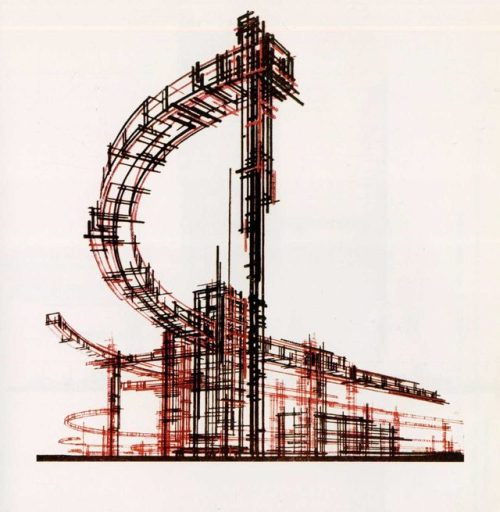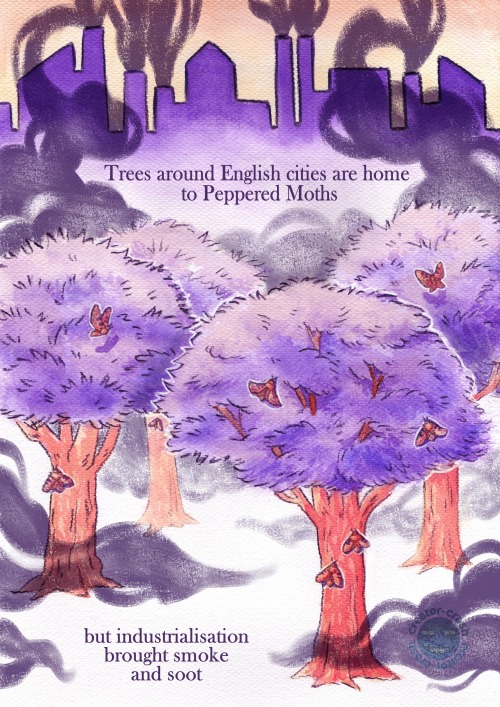#industrialisation
Fictional Landscapes
Definitely, Chernikhov’s graphic representation anticipated a Century, it was also influential on architects and designers from Zaha Hadid to Yourself.
‘ – Architectural Fictions.’ Eleanor Gawne, AA blog
.. Iakov Chernikov (1889-1951) published over fifty works in his lifetime, including six works between 1927-33. Collectively, they can be seen to propose a ‘detailed course of liberating, stimulating education in the fundamental disciplines of three-dimensional design as they are encountered in the complex functional and expressive tasks addressed by architecture’. ..
One of Chernikov’s works in the AA Library, Architectural fictions: 101 coloured prints, 101 architectural miniatures (Moscow/Leningrad, 1933), was lent to the Imagine Moscow exhibition, held at the Design Museum earlier in 2017…
Consisting of 101 pages of drawings, the book also included explanations of their technique and basic principles behind them. Although published in Russian, the title pages are printed in Russian, German, French and English (in English, the word ‘fiction’ is used instead of ‘fantasies’.) The subject of the drawings is the new age of the city and industrialisation, of what Saski calls the ‘possibilities of the near future, images which had arisen in the author’s mind’. The drawings have been described as finding appropriate expression for the institutions and architecture of post-revolutionary nation. Each image has an elaborate, not very informative description; axonometric projection is the preferred drawing style. His drawings have been considered not just fantasies but insights into the possibilities of technology; the designs feature free and bold curves, and steel trusses in industrial settings.
Post link
Some more of my degree’s final year works; ‘Soot’, about the Peppered Moth’s documented colour changes
Post link

During the 16th century, the separation of different genres within the art world was very prominent. They were considered to be ranked in order of importance, being: History, Portrait, Genre, LandscapeandStill life. History paintings were viewed as the most significant due to their narrative subject matter rather than artistic style, whereas the Landscape genre was considered less important as it did not include the same notion of depicting a moment in a factual story.
However, the 19th century saw a remarkable explosion of naturalistic landscape painting, and this was when it began to rise in popularity and significance. Flatford Mill byJohn Constable is a perfect example that displays this beauty of landscape paintings, and why it became better recognised. The painting displays a scenic countryside from Constable’s childhood spent in Suffolk, with intricate details shown, such as the boy and the horse. A large canvas was used which created an even more virtual and atmospheric scene, reflecting largely on the landscape itself and feeling almost convincing enough to be real. Due to this noteworthy execution amongst other qualities, it is unsurprising that landscape art has grown in regards to recognition. Whether this was due to the belief that nature is a direct manifestation of God, the increasing alienation of people from nature by growing industrialisation and urbanisation in the 19th century, or just simply the media’s influence over time — it is still a big, ever-growing art form within the 21st century. Landscape art became the vehicle for a revolution in Western painting, and so the traditional hierarchy of the genres collapsed.
[ Sources:
- https://www.tate.org.uk/art/artworks/constable-flatford-mill-scene-on-a-navigable-river-n01273
- Art History lesson notes. ]








